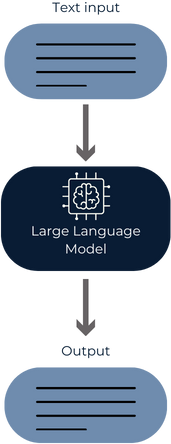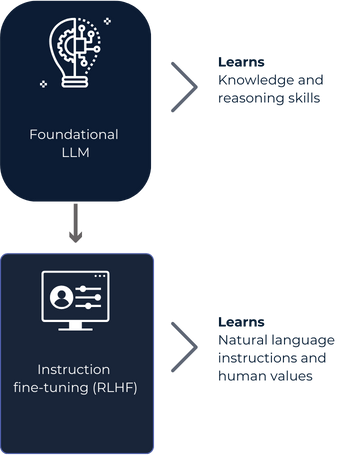The Rise of Large Language Models: What You Should Know

Among the most talked-about advancements in AI is the emergence of Large Language Models (LLMs), complex algorithms that have the power to understand, generate, and interact using human language. LLMs are fundamentally reshaping our interactions with technology and the digital world at large.
Large Language Models (LLMs) are sophisticated learning algorithms specially designed for the purpose of recognizing and comprehending language. In other terms, an LLM is a type of AI model that uses deep learning techniques and vast amounts of data to perform a variety of 'Natural Language Processing' (NLP) tasks such as generating and classifying text, answering questions in a conversational manner, summarizing content, or predicting new content. NLP is a technology that enables machines to understand human speech in text or voice form to communicate with humans.
In fact, and without even knowing it, we experience the power of LLMs on a daily basis (e.g., Google Translate). An important part of our favorite products uses LLMs to manipulate language better than ever before.
LLMs undergo a process called pre-training (costing millions of dollars), where they are exposed to vast repositories of text that provide the foundational knowledge the model uses. The size of the model, in terms of the number of parameters and layers, allows it to capture intricate relationships and patterns within the text.
Technically, the immense volume of textual data that these models train on is processed through what is known as neural networks. These are a type of artificial intelligence mechanism composed of intricate layers and nodes. The majority of LLMs, in their design, employ a specific kind of neural network architecture known as a transformer (this is why GPT stands for Generative Pre-trained Transformers). Transformers have shown a unique aptitude for processing language, allowing them to consider words in sentences not just in isolation but in relation to one another, offering a depth of comprehension. They keep track of the context of what is being written, and this is why the text that they write makes sense.
These models can be used in a variety of ways. The most famous models are generative prompt-based LLMs (like ChatGPT), which enable users to directly input instructions for the trained models to process and respond to. The resulting output is composed of information that attempts to follow the input text as instructions. Such models have the capacity to reasonably perform tasks it was never explicitly trained for.

One of the key recent improvements of these models was Reinforcement Learning from Human Feedback (RLHF). This process aligns the machine-generated outputs of a pre-trained LLM using human feedback.
RLHF enabled output to be of much higher coherence, resulting in highly believable and well-crafted responses. The idea behind Reinforcement Learning is that an AI will learn from the environment by interacting with it (through trial and error) and receiving rewards (negative or positive) as feedback for performing actions.

With technological advancements, LLMs continue to grow in complexity and capability.
For context, ChatGPT-4 possesses an astonishing 100 trillion parameters, a significant leap from its predecessor, ChatGPT-3.5, which had 175 million.
These parameters play a pivotal role in understanding the relationships between words, and determining how to weave them together coherently.
A lot of Large Language Models emerged recently (there are many on the market, each one with its advantages and disadvantages). For example:
ChatGPT
Developer: OpenAI
ChatGPT is the application that truly kick-started the public’s fascination. Released in November 2022, ChatGPT is an interface application that allows users to ask questions and generate responses.
Claude
Developer: Anthropic
Anthropic was founded by former OpenAI staff who left over disagreements about close ties with Microsoft. Anthropic went on to develop Claude, a chatbot application similar to ChatGPT. Claude uses constitutional AI, a method developed by Anthropic to prevent it from generating potentially harmful outputs.
PaLM 2
Developer: Google
PaLM 2 is Google’s flagship language model. The model supports over 100 languages and is designed to be fine-tuned for domain-specific applications.
LLaMA 2
Developers: Meta, FAIR
LLaMA 2 – which stands for Large Language Model Meta AI, is designed for researchers and developers to make models and spread LLM potential.
Stable Diffusion XL
Developer: Stability AI
Stable Diffusion XL is the latest iteration of the text-to-image model that arose to fame in 2022, which can generate hyper-realistic images.
At Lampi, we're passionate about enabling businesses to fully leverage the potential of AI.
Our experts are always ready to guide you on your AI journey, helping you understand and navigate the complex world of AI.
So, why wait? Step into the future with Lampi and embark on your AI journey today!
Don't forget to follow us on Twitter, Instagram, and Linkedin!

